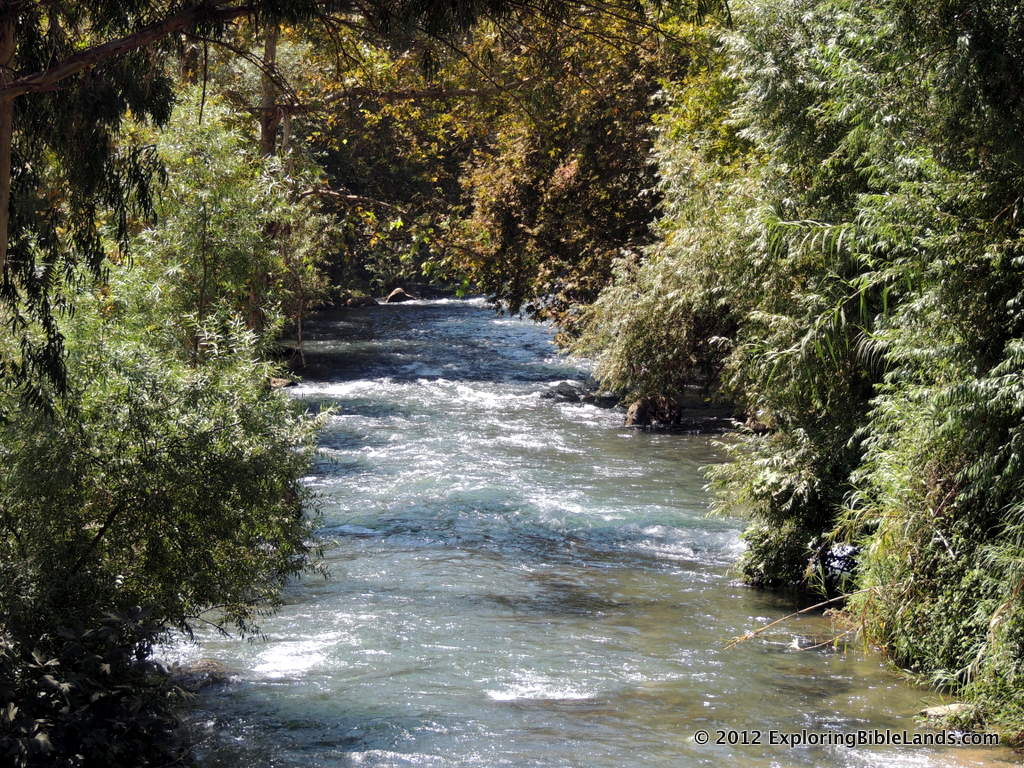 I have been lucky enough to travel to Israel several times. But last June, when I was traveling with the team from Appian Media, I was able to see something that I have never seen before. While we were staying in Tiberias, it was clear enough so that I could see Mount Hermon from the lake. The picture at the top of this post was one (of many) that I captured. Most of the time, there is too much haze in the Hula Valley to see the mountain from this distance.
I have been lucky enough to travel to Israel several times. But last June, when I was traveling with the team from Appian Media, I was able to see something that I have never seen before. While we were staying in Tiberias, it was clear enough so that I could see Mount Hermon from the lake. The picture at the top of this post was one (of many) that I captured. Most of the time, there is too much haze in the Hula Valley to see the mountain from this distance.
The above picture was taken late one afternoon. You can clearly see Mount Hermon and the location where the Hula Valley (with the Jordan River at its base) empties into the Sea of Galilee.
Mount Hermon sits about 60 miles north of the Sea of Galilee on the modern-day borders of Israel, Syria and Lebanon. It rises over 9,000 feet in elevation. Since the Sea of Galilee sits approximately 700 feet below sea level, the top of the mountain is nearly 10,000 feet above the location of this photograph. The Old Testament city of Dan and the New Testament city of Caesarea Philippi sit near the base of the mountain.
In the 4th century, Bishop Cyril of Jerusalem suggested that since many of the activities in the lifetime of Jesus happened around Mount Tabor, therefore he preferred that site as the probable location of the Transfiguration. Consequently, that site has been recognized as the traditional location of the event since that time.
However, many recent scholars prefer the location of Mount Hermon for the Transfiguration. Just prior to the Transfiguration, Jesus and His disciples were at Caesarea Philippi. This is told to us in Matthew 16:13, when Jesus discusses who they believe He is. Peter responds by saying that "Jesus is the Christ, the son of the living God." Then, six days later (Matthew 17:1), Jesus took Peter, James, and John onto a "high mountain". While it would have been possible to travel from Caesarea Philippi to Mount Tabor (a distance of about 70 miles) in six days, it seems more logical that the "high mountain" that was mentioned in Matthew is referring to Mount Hermon, especially since they were already in the area. I agree with this assessment.







